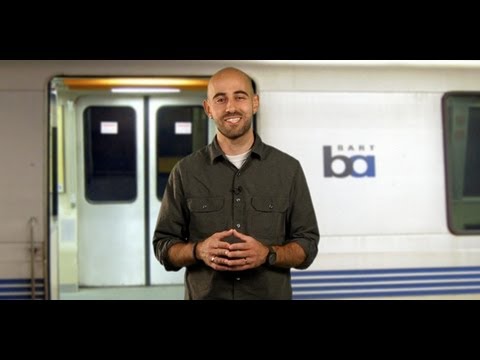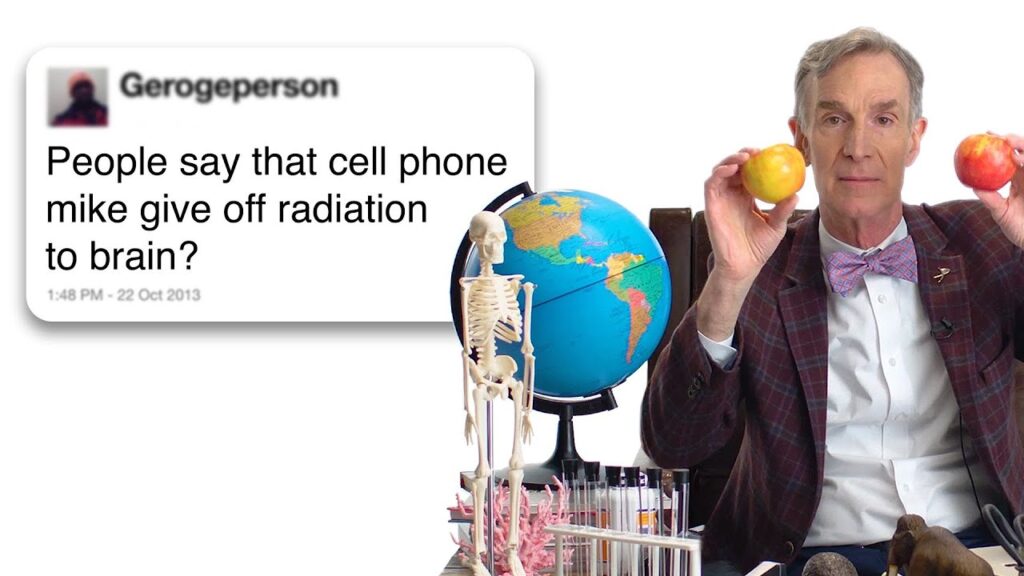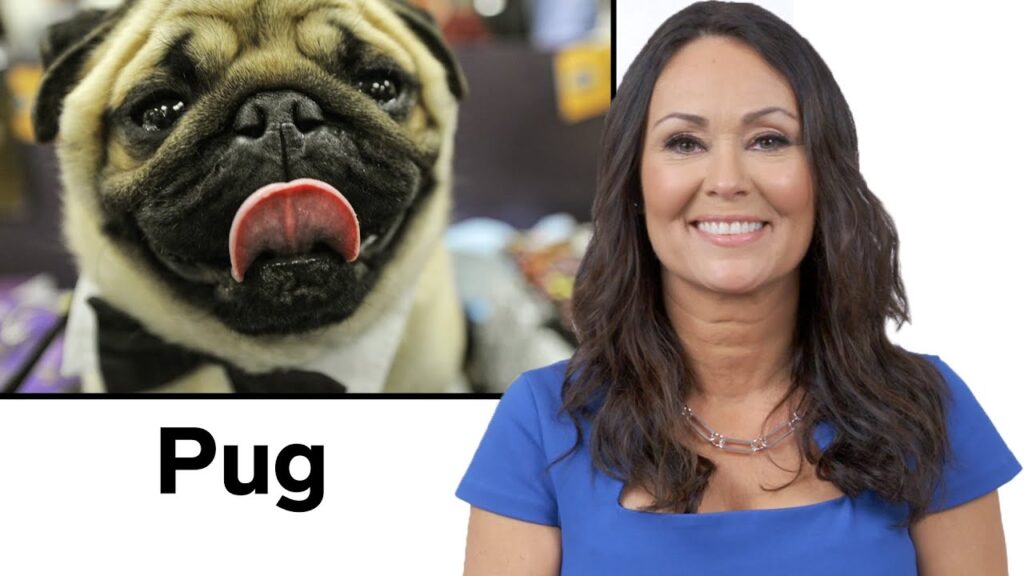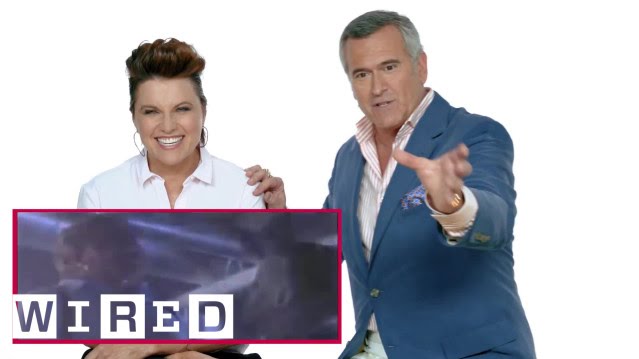Game of Thrones: How the Dragon Was Brought to Life
Summary
In this blog post, we delve into the complex process behind one of the most loved sequences in Game of Thrones: Daenerys escaping with Drogo from the grand reopening of the fighting pits on Dragonbac. As we discover, creating the elaborate visual effects shots that make up this scene was no easy feat. It involved extensive stadium extension, crowd replication, and digital double work, not to mention building a detailed skeleton and muscular system for the dragon to move realistically under the sky. In this Q&A with FXguide.com’s Mike Seymour, we learn about the creative process that went into bringing the dragon to life, the challenges faced by the team and how they overcame them.
Table of Contents
- Introduction
- The Arrival of Drogo
- Challenges with Close-Up Shots
- Filming Location and Green Screen
- The Importance of Pre-Animation
- Integration with Live Action
- Conclusion
Introduction
Game of Thrones is renowned for its epic battles, stunning cinematography and remarkable visual effects. In this blog post, we take a closer look behind the scenes of one of the show’s most memorable moments, when Daenerys escapes with Drogo from the grand reopening of the fighting pits on Dragonbac. The scene involves the arrival of Drogo, which was designed and built by Pixo Mondo and artist Dan Ketchu, and animated by Rhythm and Hughe. The dragon not only needed to work with flying and attacking, but also required extreme close-up, subtle and moving facial animation, and careful integration with live action flame throwers. Let’s find out more!
The Arrival of Drogo
The real challenge that the visual effects team faced was in the detailed work on the ground. They needed to provide extreme close-up, subtle, and moving facial animation for the dragon, which would require a highly detailed skeleton and underlying muscle system to move realistically under the sky. This exceptional detail of the dragon’s eye ended up telling a lot of the story and delivering the subtext of the relationship. The team pre-animated the dragon and agreed upon it in a previous stage so that the camera department could frame up on what is essentially an empty frame correctly.
Challenges with Close-Up Shots
Creating the dragon for Game of Thrones involved some of the most elaborate and cinematic visual effects work in the season. The team led by VFX supervisor Joe Bauer was tasked with building a highly detailed skeleton and underlying muscle system that would move realistically under the sky. To add to this complexity, they also had to incorporate facial animation and provide extreme close-up shots. With flamethrowers controlled by motion control rigs and live-action stuntmen, the team needed to be careful not to reveal the secret behind the magnificent creature.
Filming Location and Green Screen
The principal photography for the scene was in the Plaza del Toros in Osan, Spain, with some 200 feet of green screen 30 foot high built around the real-world bullrin. The team faced a setback when a storm blew down the green screen one night, but they were able to finish up keying just off the clear Spanish blue skies.
The Importance of Pre-Animation
One of the secrets to the success of the dragon animation was the pre-animation process. By pre-animating the dragon, the team was able to use the character as an empty frame during principal photography and complete the action later in post-production. This allowed the camera department to have a clear vision of what they were framing up and increased the efficiency of the entire process.
Integration with Live Action
The unfortunate attackers who get killed in the scene were a combination of stuntmen on pull rigs and CG digital doubles. Although the real flamethrower did ignite the stuntmen, leading to some of the most realistic special effects seen in Game of Thrones. Despite the significant challenges, the visual effects team managed to integrate the dragon seamlessly with live action, leading to one of the most loved sequences in the show’s history.
Conclusion
Creating the dragon for Daenerys’ escape from Dragonbac was a real challenge for the visual effects team. However, their hard work paid off, as the sequence has become one of the most beloved moments in the show’s history. From the building of the detailed skeleton and muscle system for the dragon to the integration with live-action flame throwers, the team’s tireless effort and dedication have led to an unforgettable moment on screen. As Game of Thrones continues to captivate audiences around the world, it is clear that the visual effects will continue to play a vital role in its success.







